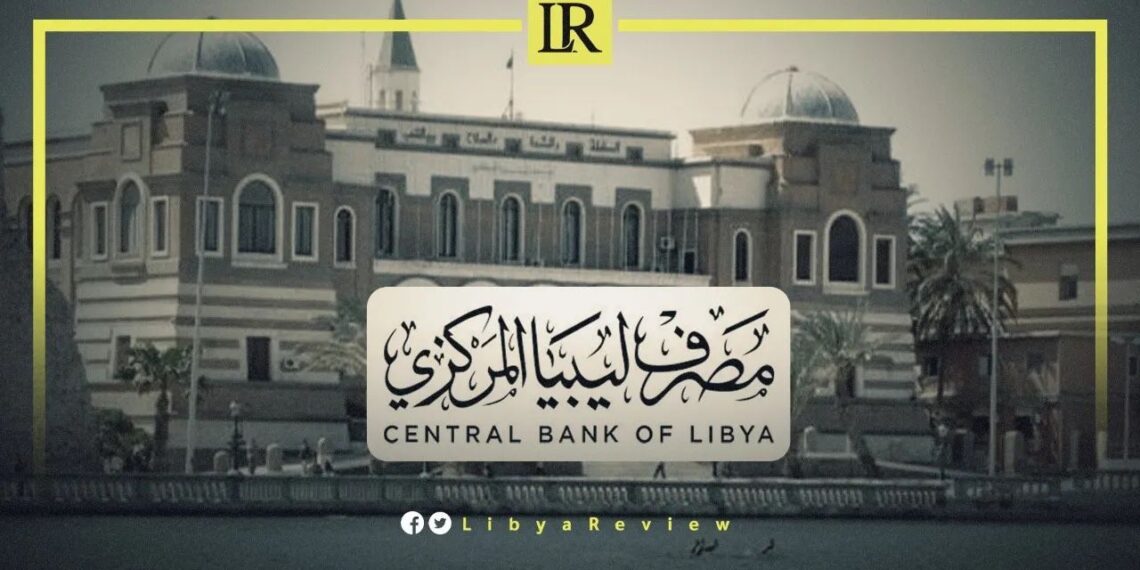Libya’s Central Bank announced that the country’s inflation rate stood at 1.4% by the end of the first half of 2025, reflecting relatively stable consumer prices despite ongoing economic challenges.
The data also revealed that Libya’s nominal GDP for 2024 reached 397.564 billion dinars, while the real GDP at constant prices was 161.952 billion dinars.
From January to June 2025, total government revenues were recorded at 73.432 billion dinars, with oil revenues accounting for 60.370 billion dinars of the total. Government spending for the same period amounted to 56.964 billion dinars.
On the trade side, Libya’s exports for the first half of 2025 totaled 162.106 billion dinars, including 153.347 billion dinars from oil exports. Imports stood at 112.020 billion dinars, resulting in a substantial trade surplus of 50.086 billion dinars, underlining the overwhelming role of hydrocarbons in the national economy.
Despite the low inflation figure, the International Monetary Fund (IMF) previously questioned the accuracy of Libya’s inflation data. In April 2024, it noted that the official 2% rate for that year may not have reflected reality due to extensive government subsidies, which account for about one-third of the Consumer Price Index. The IMF also pointed to signs of economic contraction in 2024, along with budget and current account deficits.
Looking forward, the Arab Monetary Fund forecasts strong GDP growth for Libya in 2025 at 14.3%, followed by a slowdown to 5.9% in 2026. These projections depend heavily on political stability, security improvements, and the ability to attract greater domestic and foreign investment.
While the figures highlight positive signs such as a trade surplus and controlled inflation, they also reinforce concerns over Libya’s heavy dependence on oil, vulnerability to political instability, and weaknesses in economic diversification.


